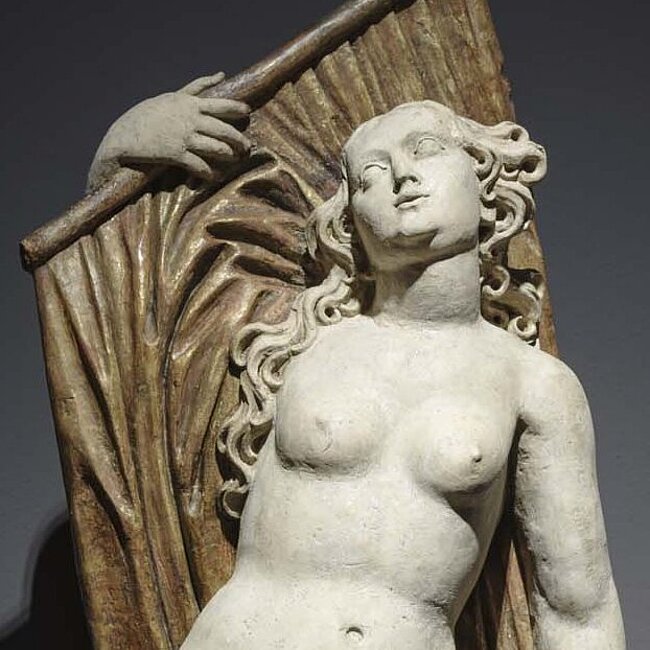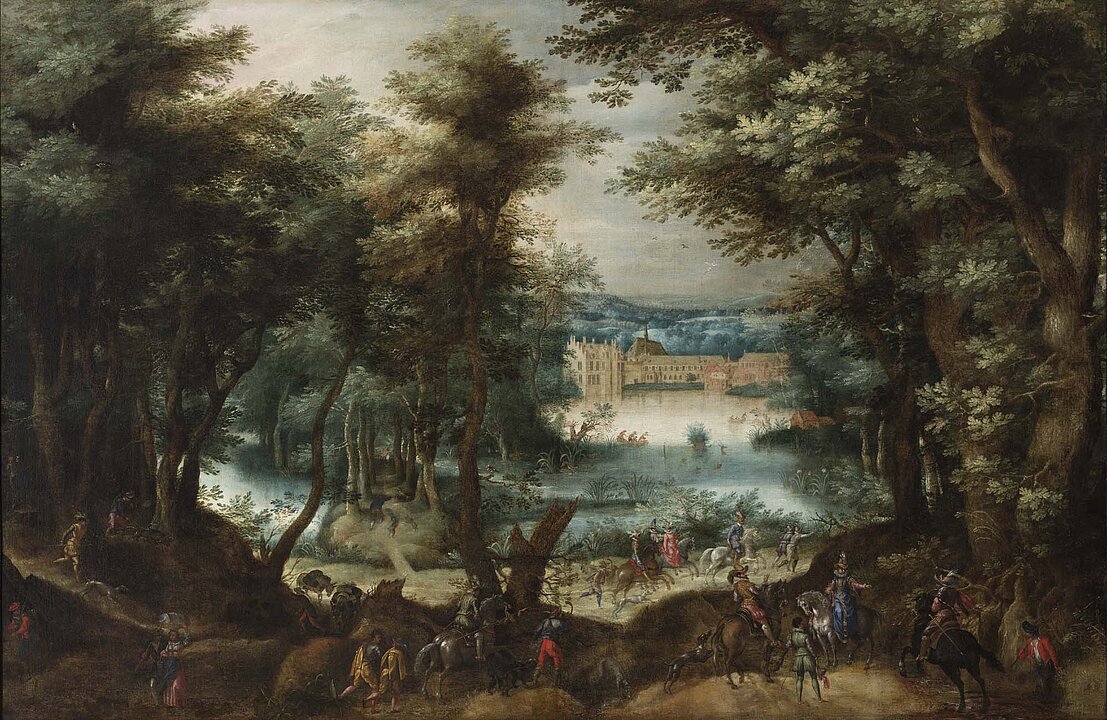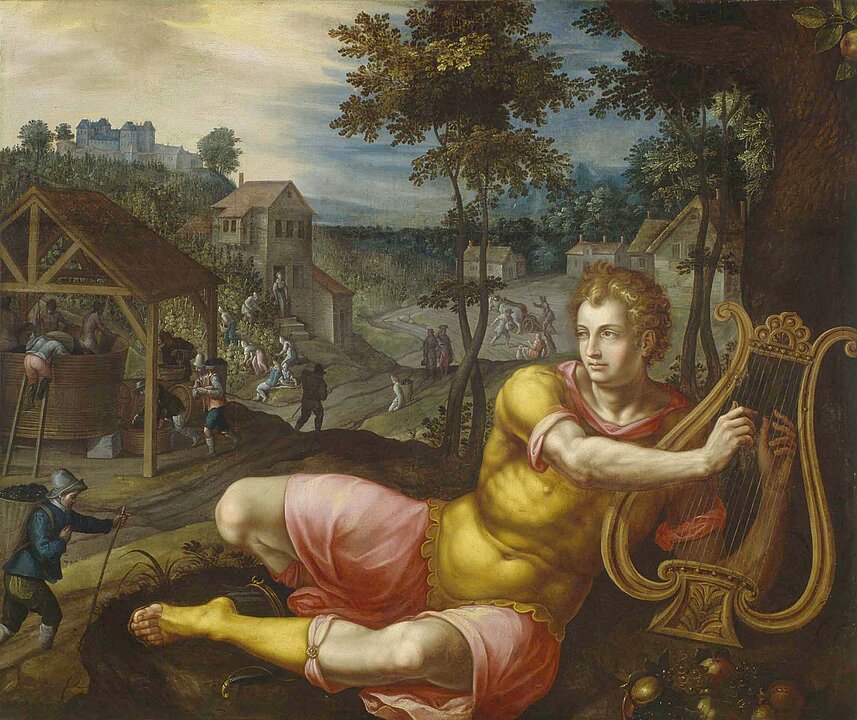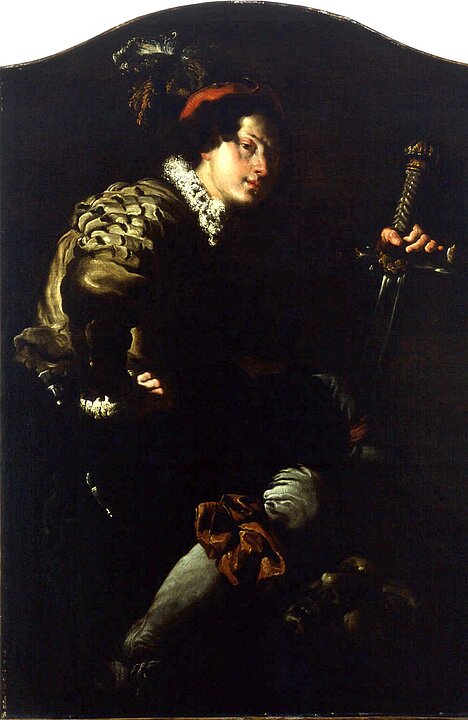The centuries between 1500 and 1800 – the Early Modern Period – mark the transition from the Christian world view of the Middle Ages to the Enlightenment on the cusp of the Modern Age. We usually associate it with the splendour and magnificence of the Renaissance and the Baroque eras. But the glossy façade masks a cruel reality: The two faces of the period are reflected in the sign of Fortuna, the capricious goddess of chance, whose inconstant moods can change from one moment to the next.
On the one hand we have dazzling pageantry and festive splendour, celebrations in cities and villages which can last days and weeks, with merchandise streaming into Europe from all parts of the world, and scholarship that fills entire libraries. On the other hand, destitution and untold misery rule the day: War leaves entire tracts of land bereft of people, which turns vibrant land into deserts. Hunger, poverty, sickness and death are everywhere, and yet an irrepressible will to live defines the epoch. Precisely because every moment can be one’s last, each moment of happiness is cause for celebration.
































